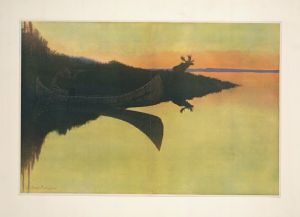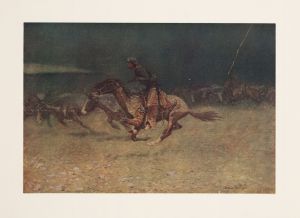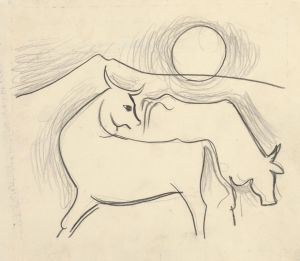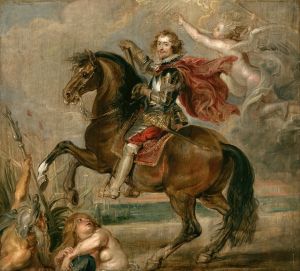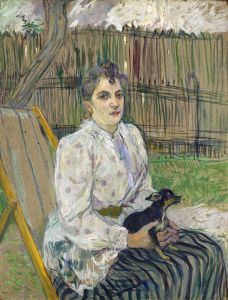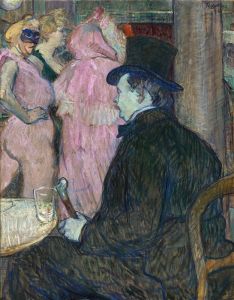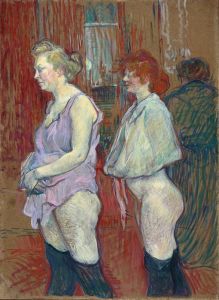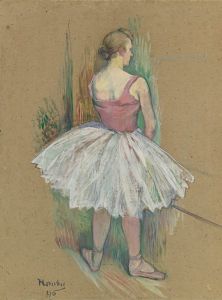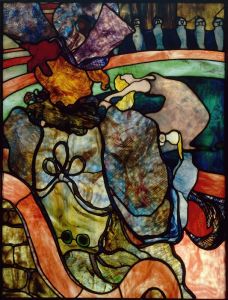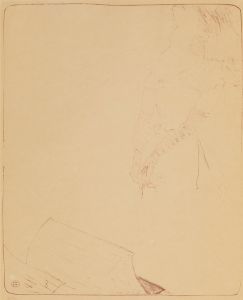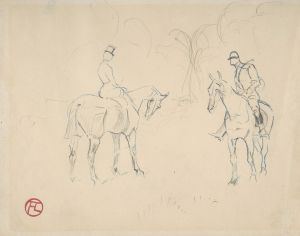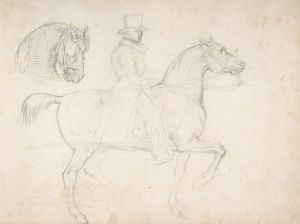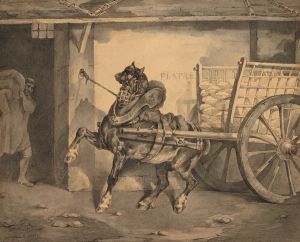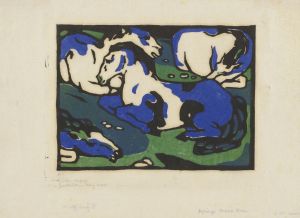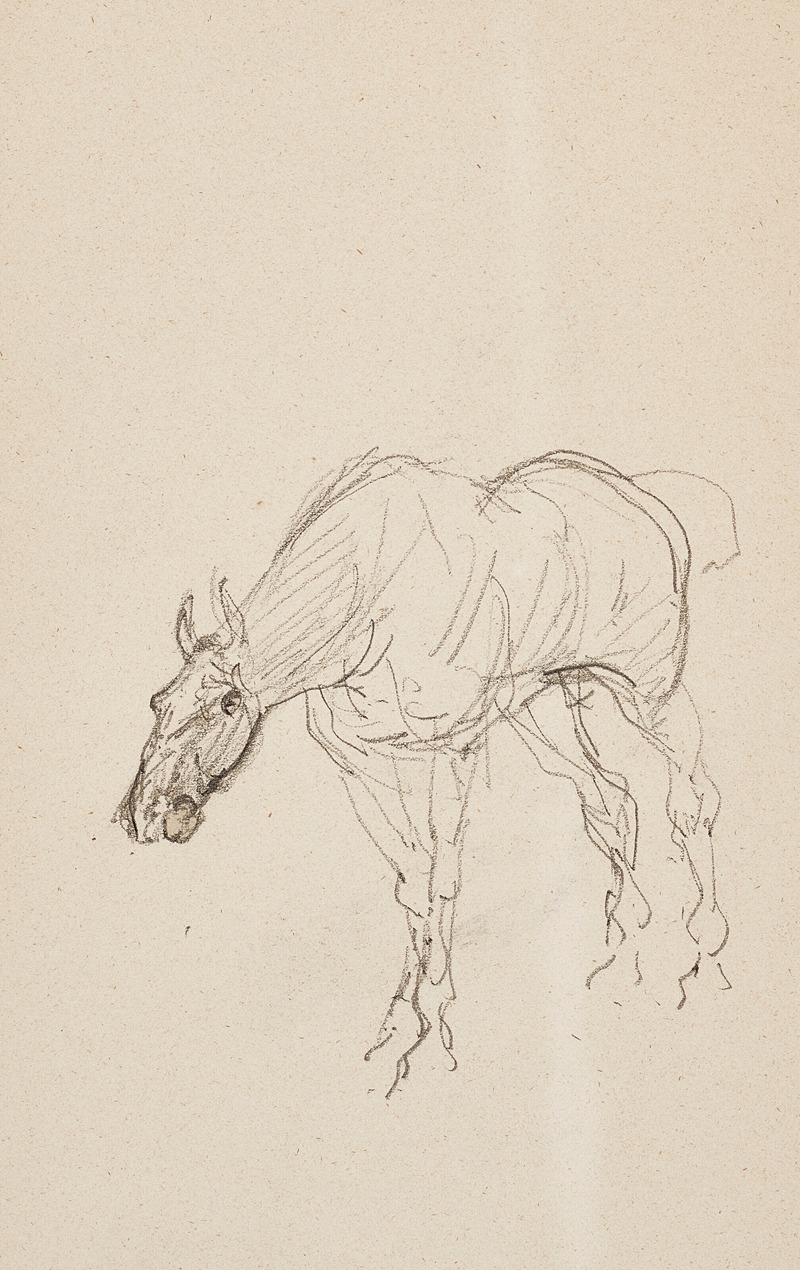
Cheval
A hand-painted replica of Henri de Toulouse-Lautrec’s masterpiece Cheval, meticulously crafted by professional artists to capture the true essence of the original. Each piece is created with museum-quality canvas and rare mineral pigments, carefully painted by experienced artists with delicate brushstrokes and rich, layered colors to perfectly recreate the texture of the original artwork. Unlike machine-printed reproductions, this hand-painted version brings the painting to life, infused with the artist’s emotions and skill in every stroke. Whether for personal collection or home decoration, it instantly elevates the artistic atmosphere of any space.
Henri de Toulouse-Lautrec, a renowned French painter, printmaker, and illustrator, is celebrated for his depictions of Parisian nightlife and his unique contribution to the Post-Impressionist movement. Among his extensive body of work, the painting titled Cheval (French for "Horse") is one of his lesser-known pieces. However, due to limited documentation and scholarly research specifically addressing this artwork, detailed information about Cheval remains scarce.
Henri de Toulouse-Lautrec was born in 1864 in Albi, France, into an aristocratic family. Despite suffering from physical disabilities due to a genetic condition, he pursued art with determination, studying under prominent academic painters and later developing his distinctive style. Lautrec's works often captured the vibrancy and humanity of Parisian life, particularly in the Montmartre district, where he spent much of his career.
While Lautrec is best known for his portraits, cabaret scenes, and posters, he also created works that depicted animals, including horses. Horses were a recurring subject in his early works, reflecting his aristocratic upbringing and personal interest in equestrian themes. His ability to portray the movement and anatomy of horses with precision and sensitivity demonstrates his keen observational skills and technical proficiency.
The painting Cheval is believed to be one of these equestrian-themed works. However, there is limited verifiable information about its creation date, medium, or current location. It is possible that the artwork was created during Lautrec's formative years, as he often sketched and painted horses during this period. These studies helped him refine his understanding of form and motion, which later influenced his depictions of human figures.
Without further historical records or scholarly analysis, it is challenging to provide a comprehensive account of Cheval. The painting's significance within Lautrec's oeuvre remains unclear, and its role in his artistic development or its reception during his lifetime is not well-documented.
In summary, while Cheval reflects Henri de Toulouse-Lautrec's interest in equestrian subjects, the lack of detailed information about this specific work limits our understanding of its context and importance. Further research and discovery would be necessary to shed light on this painting and its place in Lautrec's artistic legacy.





